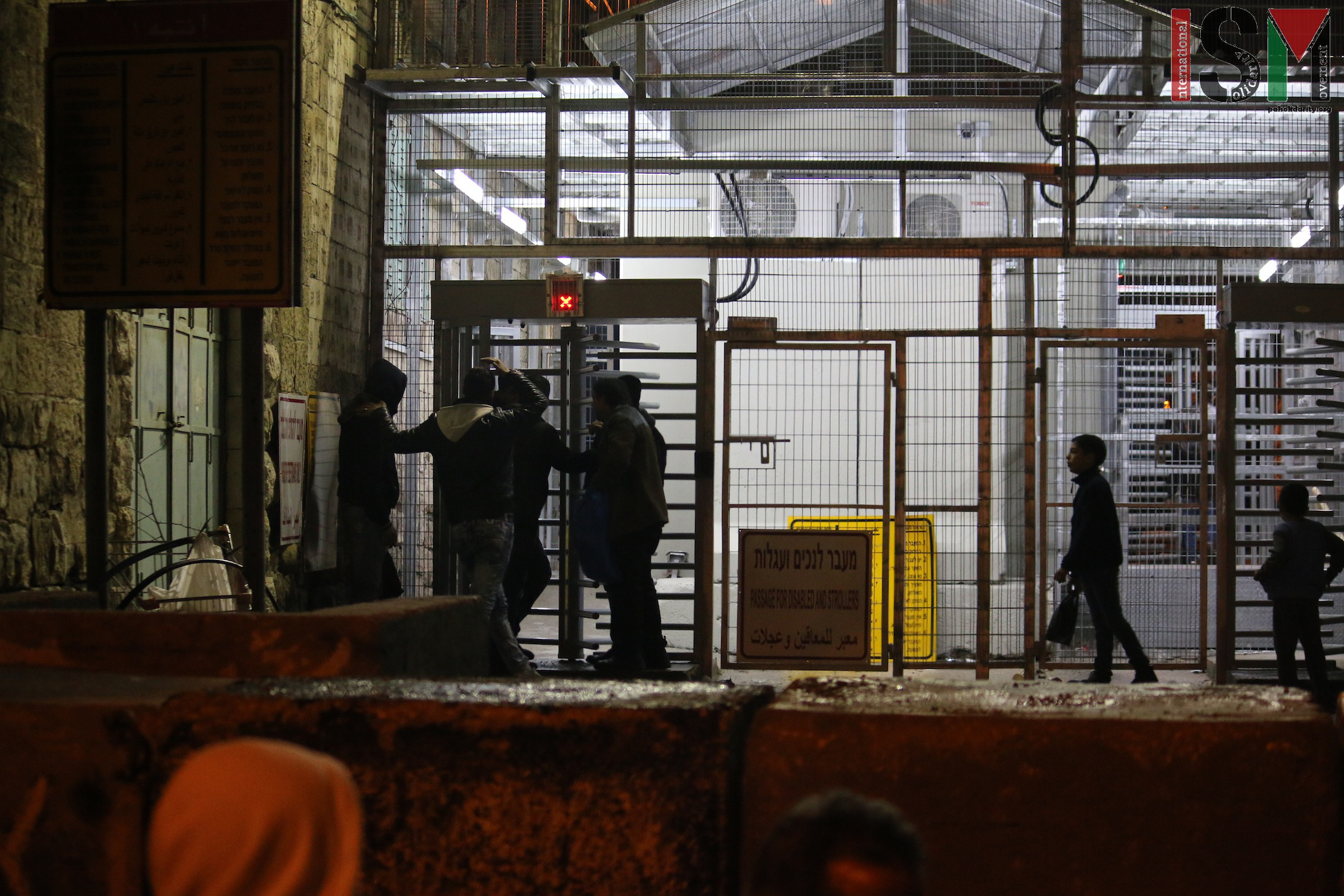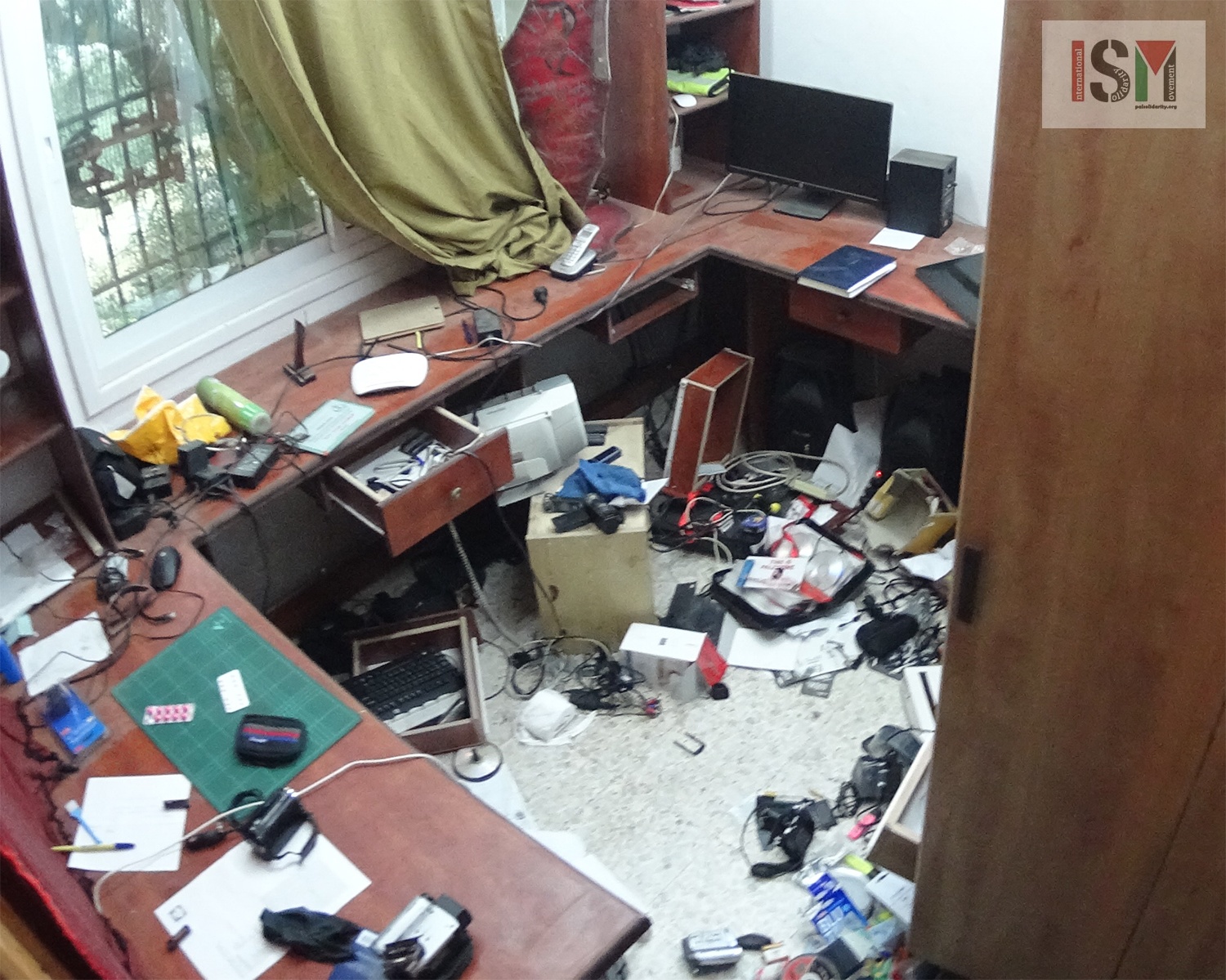Tag: Youth Against Settlements
-
Children living in closed military zone enjoy day of fun under the shadow of the occupation
13th February 2016 | International Solidarity Movement, al-Khalil team | Hebron, occupied Palestine On February 13th 2016 Youth Against Settlements in occupied al-Khalil (Hebron) organised a children’s activity in front of Shuhada Street checkpoint. Around 50 children from the neighbourhoods located on the H2 (entirely Israeli military-controlled) side of the checkpoint – Tel Rumeida and…
-
Photo story: newly expanded Shuhada checkpoint is even more difficult to traverse
January 6th 2016 | International Solidarity Movement, al-Khalil Team | al-Khalil, occupied Palestine At the end of December Israeli forces re-opened the newly expanded Shuhada checkpoint in occupied al-Khalil (Hebron). The checkpoint had been closed since December 7th, when Israeli forces had declared they would be conducting “renovations” for a then-unknown period of time. Officially known as Checkpoint 56,…
-
Israeli forces detain Palestinian family in their home for 26 hours & wreak havoc on YAS center
9th November 2015 | International Solidarity Movement, Al-Khalil team | Hebron, occupied Palestine On the 7th of November, soldiers entered the home of the Haddad family from 5am and did not leave until 7am the following day. At this time, there were 8 people inside the home who were forced into one of the rooms.…



